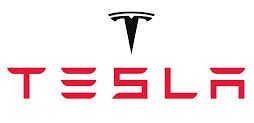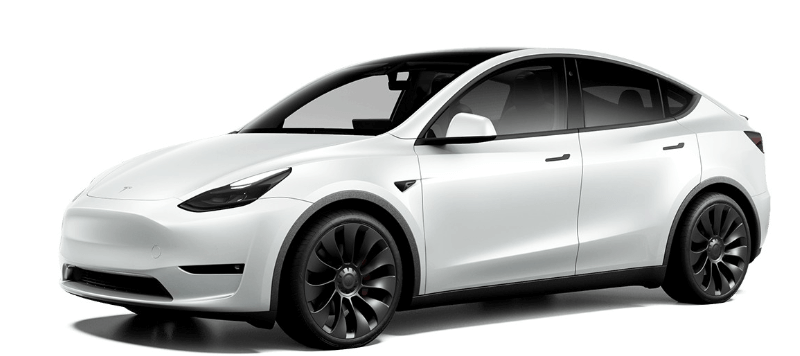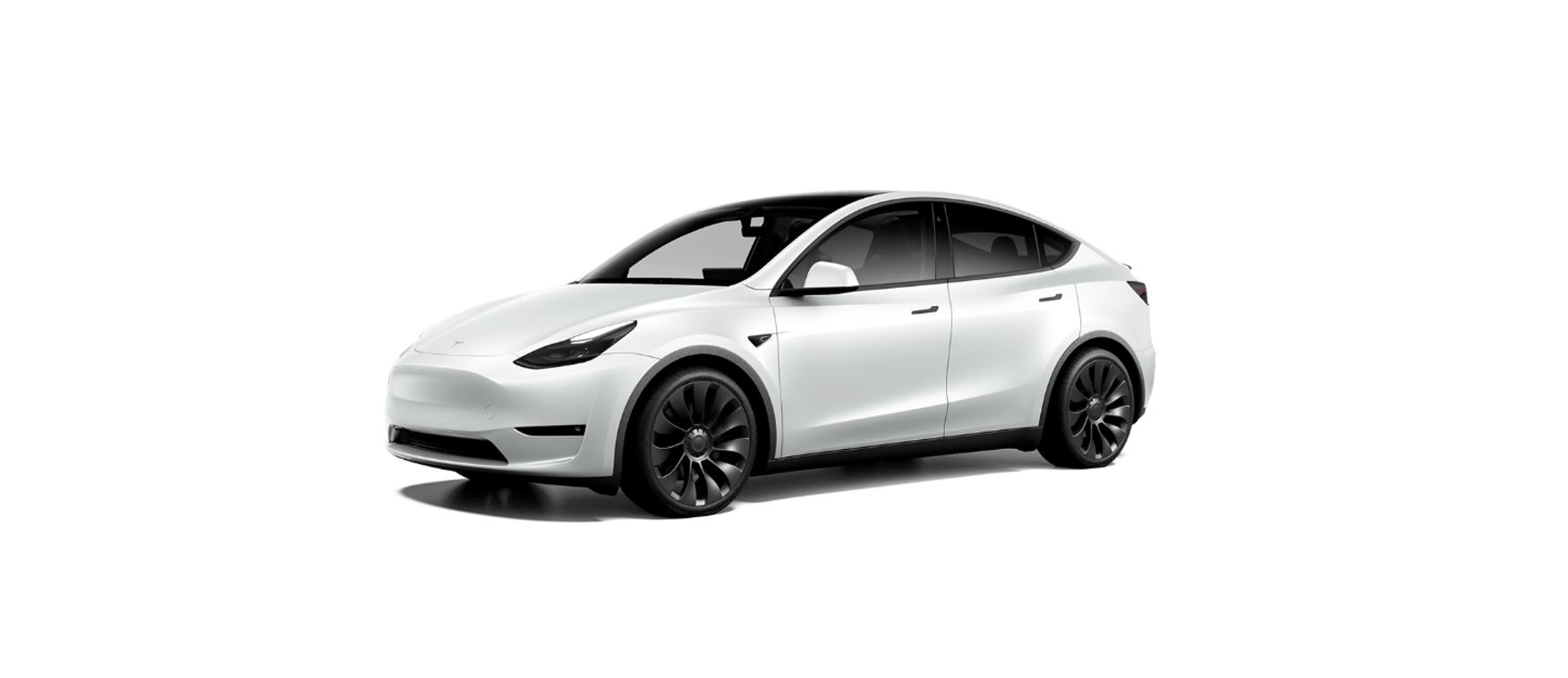
2021 Tesla Model Y Getting Maximum Range

Factors Affecting Energy Consumption
While driving:
- Elevated driving speed.
- Environmental conditions such as cold or hot weather and wind.
- Using climate controls to heat or cool the cabin.
- Uphill travel: Driving uphill requires more energy and depletes range at a faster rate. However, driving downhill allows your vehicle to regain a portion of its expended energy through regenerative braking (see Regenerative Braking).
- Short trips or stop-and-go traffic: It takes energy to bring the cabin and Battery to a specified temperature when starting the vehicle. You may see a higher average consumption when the vehicle is used for very short trips or in heavy traffic.
- Heavy cargo load.
- Windows rolled down.
- Wheels and tires not maintained.
- Customized settings or third-party accessories (roof or trunk racks, third-party wheels).
While parked and not plugged in to a charger:
- Preconditioning the cabin or using climate controls.
- Summon.
- Vehicle infotainment and climate controls system.
- Sentry mode.
- Tesla or third-party mobile app requests.
Tips to Maximize Range
You can maximize your driving range using the same driving habits you use to conserve fuel in a gasoline-powered vehicle. To achieve maximum range:
- Slow down your driving and avoid frequent and rapid acceleration. Consider using Chill Mode (touch ) and Speed Assist (see Speed Assist) to assist in controlling your acceleration and speed.
- If safe to do so, modulate the accelerator pedal instead of using the brake pedal when gradually slowing down. Whenever Model Y is moving and you are not pressing the accelerator pedal, regenerative braking slows down the vehicle and feeds surplus energy back to the Battery (see Regenerative Braking).
- Limit the use of resources such as heating and air conditioning. Using seat and steering wheel heaters (if equipped) to keep warm is more efficient than heating the cabin using climate controls.
- With your vehicle plugged in, use the mobile app to precondition your vehicle to ensure the cabin is at a comfortable temperature and windows are defrosted (if needed) before your drive by touching and customizing your preferences (see Mobile App).
- Touch Schedule, available on both the charging and climate control screens, to set a time when you want your vehicle to be ready to drive (see Scheduled Charging and Scheduled Departure).
- Set Stopping Mode to Hold to gain the benefit of regenerative braking at low driving speeds (see Stopping Mode).
- Ensure the wheels are aligned to specification, the tires are kept at the recommended inflation pressures (see Tire Care and Maintenance), and are rotated when needed (see Maintenance).
- Install aero covers (if equipped) to reduce wind resistance (see Removing and Installing Aero Covers).
- Lighten your load by removing any unnecessary cargo.
- Fully raise all windows.
- Features such as Sentry Mode and Cabin Overheat Protection can impact range. Disable features when not needed.
- To prevent an excessive amount of energy consumption while the vehicle is idle, keep the vehicle plugged in when not in use.
- Minimize the use of DC chargers (such as Superchargers) for optimal Battery health.
It is normal for estimated range to decrease slightly over the first few months before leveling off. Over time, you may see a gradual, but natural, decrease in range at full charge – this depends on factors such as Supercharging regularly or the mileage and age of the Battery. Your Model Y will inform you in the unlikely event a hardware issue is causing excessive Battery or range degradation.
The power meter on the touchscreen provides feedback on energy usage.
You can also display the Energy app to view real-time and projected energy usage (see Energy App). With this feedback, you can become familiar with how driving habits and environmental conditions impact how much energy Model Y is using.
Range Assurance
The driving range displayed in Model Y is based on estimated remaining battery energy and EPA-rated consumption. It does not account for your personal driving patterns or external conditions. The displayed range on the touchscreen may decrease faster than the actual distance driven. To view estimated range based on your recent energy consumption, open the Energy app to display the graph.
Model Y helps protect you against running out of energy. Your vehicle continuously monitors its energy level and proximity to known charging locations.

When you are at risk of driving beyond the range of known charging locations, the touchscreen displays a message giving you the opportunity to display a list of charging locations that are within range. When you select a charging location from the list, Model Y provides navigation instructions and the turn-by-turn direction list displays the predicted amount of energy that will remain when you arrive at the charging destination.
Trip Planner routes you through Supercharger locations to minimize the amount of time you spend charging and driving. To enable, touch (see Trip Planner).
Energy App
The Energy app provides a visual representation of your vehicle’s real-time and projected energy usage. To use the Energy app, navigate to on the touchscreen. Choose from two types of charts:
- Consumption: Display how much energy Model Y has consumed over the past 5, 15 or 30 miles (10, 25 or 50 km).
Touch Instant Range or Average Range to adjust the projected range estimation. Instant Range uses only the latest few data points to estimate the projected range, whereas Average Range uses the past 5, 15 or 30 miles (10, 25 or 50 km) of energy consumption to provide a more accurate projected range.
- Trip: You can monitor the amount of energy being used while navigating to a destination. You can track actual usage against the initial prediction. The green line represents the actual usage whereas the gray line represents predicted usage. To change the zoom level, touch the zoom icon located in the top right corner of the chart.
